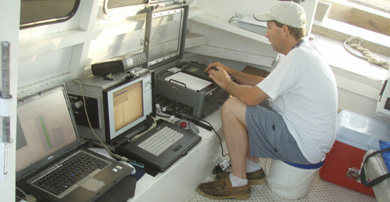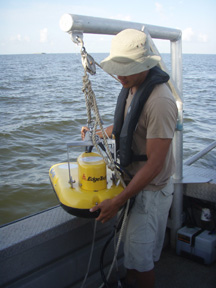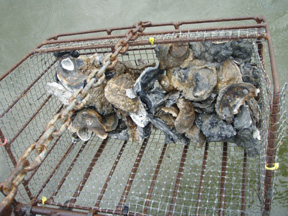Louisiana Oyster Studies
Louisiana Oyster Studies

BIO-WEST conducted a comprehensive water-bottom assessment on selected portions of the public oyster seed grounds in St. Bernard and Plaquemines Parishes. This study assisted the Louisiana Department of Wildlife and Fisheries (LDWF) with its ongoing monitoring and management of Louisiana’s oyster fishery and preparation of its 2008 Oyster Stock Assessment Report. In order to effectively assess water-bottom types and the presence/absence of the Eastern oyster (Crassostrea virginica), BIO-WEST performed a remote-sensing and substrate characterization survey, followed by a ground-truthing effort to assess the health of oyster reefs identified in the remote-sensing data.

For the initial portion of the study, BIO-WEST conducted side-scan sonar, sub-bottom profiler, and bathymetric surveys, encompassing 5,734-hectares (14,169-acres), in Morgan Harbor, Drum Bay, Bay Boudreau, and Black Bay. In conjunction with hydrographic surveying, poling transects were conducted to assess water bottom types, as described by 2005 LDWF Sampling Protocol. Raw sonar image files were then compiled into high-resolution, geo-rectified mosaic images, which when combined in a GIS environment with substrate characterization and bathymetric contour maps, identified and delineated exposed oyster reefs. Sub-bottom profiler data helped identify buried oyster reefs. Ground-truthing efforts involved scientific divers collecting 1-square-meter samples using SCUBA, 2-minute oyster dredge tows, and standard water-quality parameters from each contiguous area identified as reef. Samples were randomly placed and collected to verify the remote-sensing data, assess the health of each reef, characterize the oyster community, and calculate the average barrel units of marketable oysters each reef might produce for the LDWF Private Oyster Lease Rehabilitation Program.


